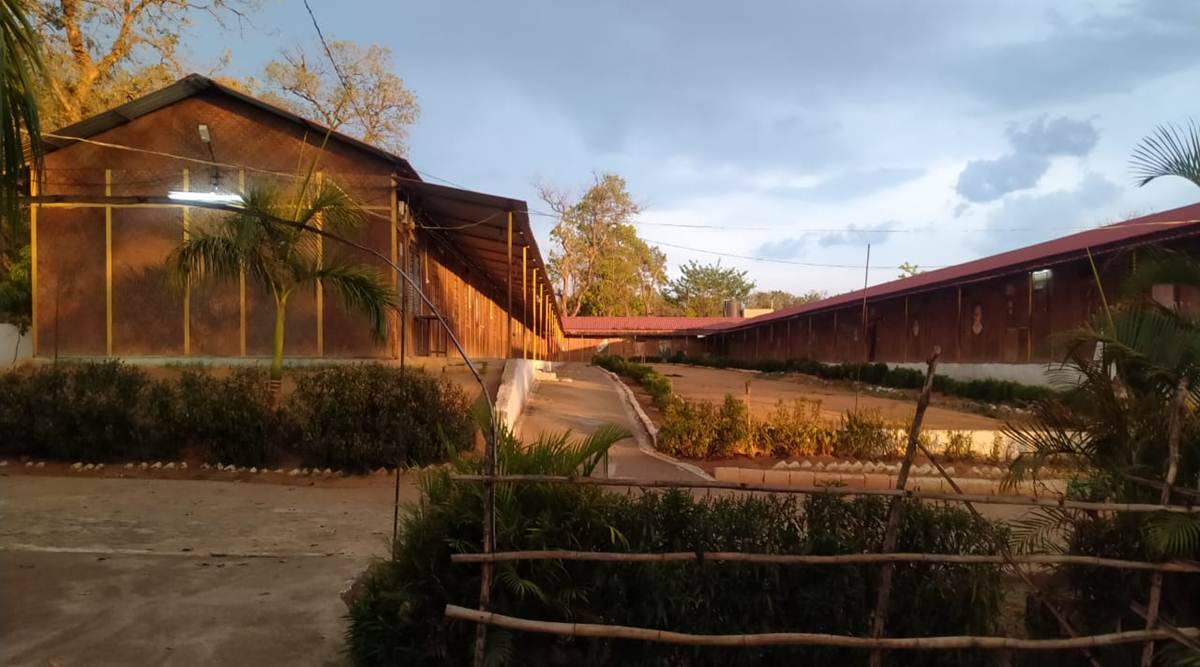Korsa Sukka, 17, has been home at Sukma in Chhattisgarh now for over a year. In 2018, he had moved into a ‘Pota Cabin School’, 36 km from his town, as a feature of an administration plot across the state’s Naxal-hit regions to house youngsters nearer to locale central command. Notwithstanding, since the Covid lockdown, the schools have been closed, and Korsa, who left for home without his books, says his expectations of returning are darkening each day.
Around 30,000 kids in 60 Pota Cabin Schools (named so on the grounds that they are made of pota or bamboo as it is privately known, and other fleeting material), across Bijapur, Sukma, Dantewada and Narayanpur areas, are in a comparable circumstance as Korsa. The plan was intended to bring kids from far off and difficult to reach regions with few training freedoms to the square central command, where these private schools, with outfitted study halls and jungle gyms, are found.
Aside from instruction, the plan expects to carry legitimate sustenance to youngsters housed in these private quarters.Before the lockdown hit in March last year, half of those selected schools in Dantewada region were in such private schools, including the ashram schools set up by the public authority in the 19 ancestral regions of the state. “Just half of the kids were day researchers. Kids additionally lived in ancestral lodgings, which are unique in relation to ashrams,” says a senior region official. The all out number of youngsters in private schools in the state was around two lakh.
Authorities dread that with these private schools shut, in excess of 50,000 youngsters who have no admittance to the Internet have gotten out of the net. “The whole purpose in them remaining at Pota Cabin Schools was that they have no network in their towns. A portion of the senior understudies come inconsistently to check if the schools will open at any point in the near future, yet the more youthful youngsters have not returned. There are no new affirmations either,” says a superintendent in Bijapur.
As of late, understudy bodies held a dissent in Koyalibeda square of Kanker, where they asserted that in excess of 3,000 kids in that block alone had exited school since the pandemic started.
In Bastar, authorities dread that the 50,000-odd youngsters presently at home could veer towards Naxals. “They are taught enough to compose standards, letters and banners for Maoists but then youthful enough to be philosophically conditioned,” a senior IPS official in Bastar says. “During ongoing fights, we have seen an ascent of kids between the ages of 16-18, who are presently being utilized as mouthpieces and safeguards. The majority of them were tried out schools before.”
Security authorities accept the Maoists have likewise fortified their enrollment networks inside these blocked off towns in the midst of the pandemic. “The whole of 2020 gave Maoists adequate chance to enrollment. Guardians send their kids from these areas either for productive work as homestead hands or for instruction. However, the pandemic has constrained them to return,” says an authority, adding that Maoists are likewise enlisting the youngsters in the schools run by them that haven’t shut.
While rejecting that Maoists had reinforced their enlistment among school-going kids, Bastar IG P Sundarraj affirms that a rising number of understudies are being seen at fights coordinated by Maoists. “We will attempt to carry these adolescent to the standard at whatever point the schools open,” he says.



